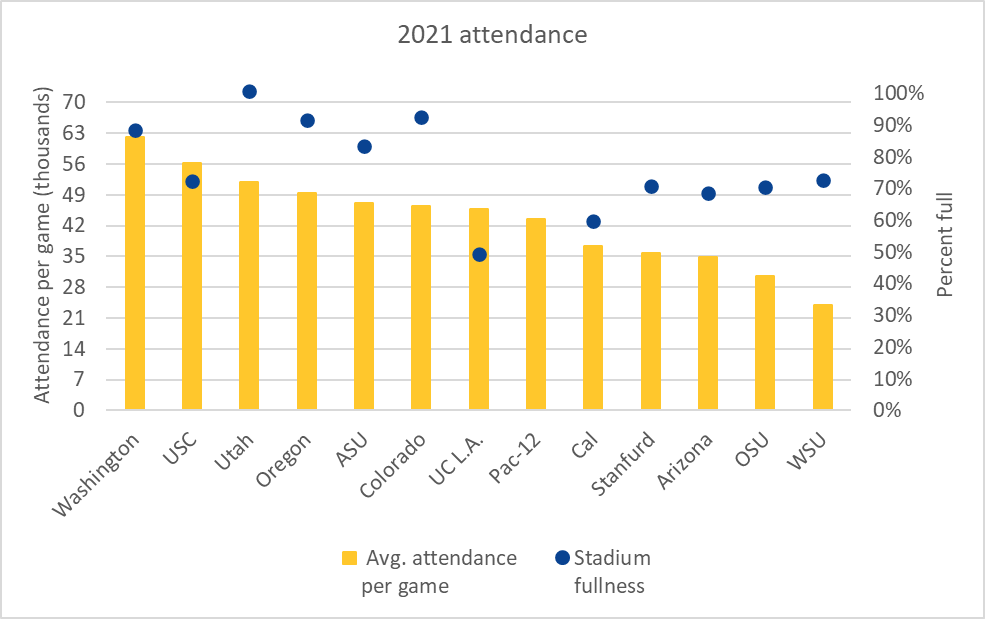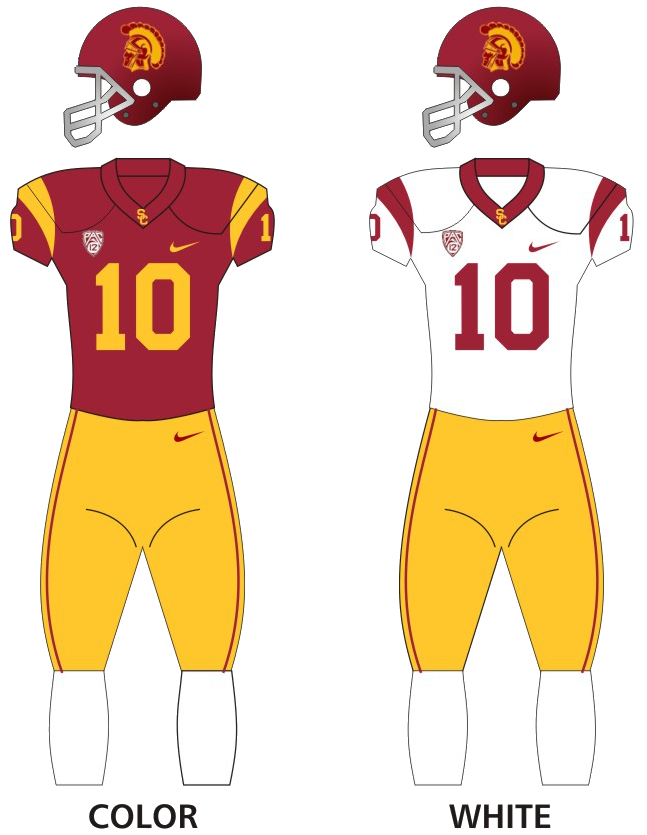I still go to almost all Bama home games. However, I can see a day where I go to fewer home games, and make a point to attend an away game a year. It's true that any game I want to see, I can view on a broadcast or stream. There is a saturation point. NASCAR sold out its short tracks (truly the heart of the circuit for hard core, southern fans) for yankee and corporate dollars, went to a uniform car, and screwed their points and competitive system to maintain even interest throughout the season (they succeeded - interest is now low all season long).
In regard to the article, it's poorly researched and written, with analysis to support the original idea for the article. For example, he only noted "prime time" TV ratings. If you simply look at ratings regardless of time, the NFL still dominates, but nine college football games appear in the top 100.
Sports in 2021 dominated the most-watched telecasts in the U.S. like never before, accounting for 95 of the top 100 programs.

www.sportsbusinessjournal.com
He also notes that there's been an influx of marginal programs and smaller stadiums, but he doesn't measure percentage of capacity which would either support (or potentially refute) his primary theme. His "media expert" sold his network to CBS and is now hawking gambling, probably doing well, not sure he has insight into attendance trends.
RTR,
Tim


